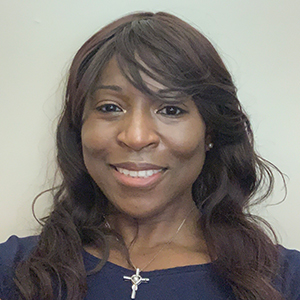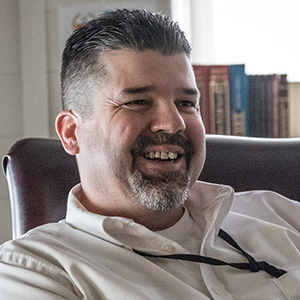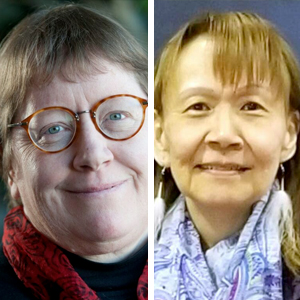Burning household plastic waste can affect human health in many ways. Two billion people globally lack solid waste collection services, and in places without trucks to transport the garbage or landfills to bring it to, incineration is often the primary method of disposal.
 Waste management is lacking in many parts of the world, but burning waste causes air pollution that can harm human health and the environment, experts say. (Photo courtesy of 123graphic / Shutterstock.com)
Waste management is lacking in many parts of the world, but burning waste causes air pollution that can harm human health and the environment, experts say. (Photo courtesy of 123graphic / Shutterstock.com)Researchers are investigating which methods are most effective at stopping people from burning plastic waste. They also are looking into the health impacts of exposures to contaminants in the smoke. Projects focused on these issues were the subject of a webinar held on July 12 by the NIEHS Partnerships for Environmental Public Health (PEPH).
“Household air pollution from solid fuel combustion is a major contributor to air pollution and poor health,” said moderator Liam O’Fallon, health specialist in the Population Health Branch. Burning plastic, in particular, can generate and release pollutants like microplastics, bisphenols, and phthalates — all toxins that can disrupt neurodevelopment, endocrine, and reproductive functions.
Plastic burning in Guatemala
In Guatemala, 71 percent of the households burn waste as the primary means of disposal, according to Lisa Thompson, Ph.D., an associate professor in Emory University’s Nell Hodgson Woodruff School of Nursing and the Rollins School of Public Health. Though cleaner cookstove implementation projects in Guatemala have focused on improving health, not much research has focused on burning plastic in household fires, Thompson said.
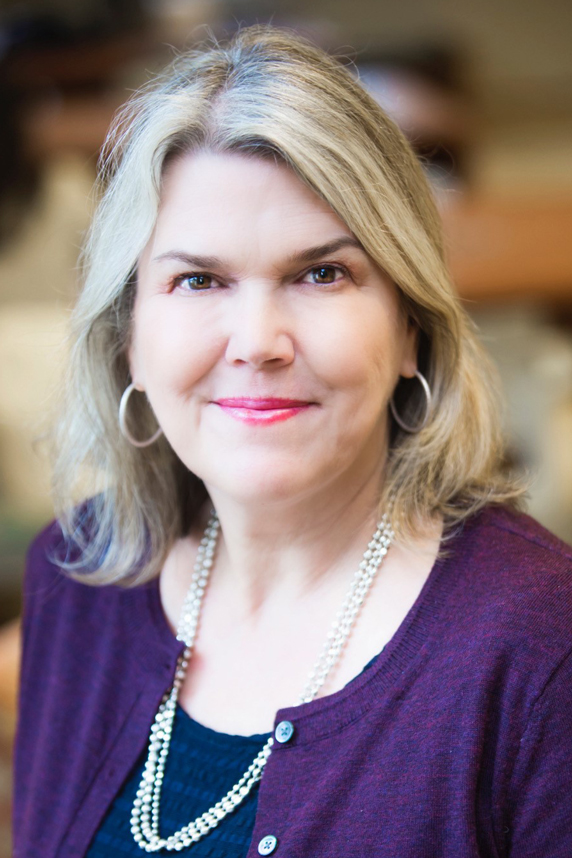 Thompson’s interest in household air pollution began when working on the Randomized Exposure Study of Pollution Indoors and Respiratory Effects (RESPIRE) study, a trial to examine cookstove interventions to vent smoke outdoors. (Photo courtesy of Lisa Thompson / Emory University)
Thompson’s interest in household air pollution began when working on the Randomized Exposure Study of Pollution Indoors and Respiratory Effects (RESPIRE) study, a trial to examine cookstove interventions to vent smoke outdoors. (Photo courtesy of Lisa Thompson / Emory University)Plastic burns hot and fast, so it is also used as kindling in cooking fires. Outdoor air pollution from sources like cars and household air pollution due to actions like burning fuels represent the single largest risk factor for ill health, contributing to nearly 7 million premature deaths in 2019, according to Thompson.
To address these issues, Thompson is working with an interdisciplinary team, including researchers at the Universidad del Valle de Guatemala and Guatemalan Indigenous community members in Santa Maria Xalapan, Jalapa to see how interventions might work in real-world conditions. Thompson’s NIEHS-funded research “ECOLECTIVOS” will explore village-level interventions, including workshops that focus on community recycling and reforestation projects.
“We know that plastic has pretty much inundated low- and middle-income countries where it’s cheap and available,” she said. “With this project, we hope that we can find alternatives to burning plastic in household fires through refusing and reducing use, reusing and repurposing, and recycling,” she said.
Burn sites affect tribal lands
A solid waste disposal project by the Center for Native Environmental Health Equity Research (see sidebar) and three sovereign tribal nations — the Navajo Nation, the Crow Nation, and the Cheyenne River Sioux — was discussed by Joseph Hoover, Ph.D., from the University of Arizona, who is a core faculty member for the Indigenous Resilience Center.
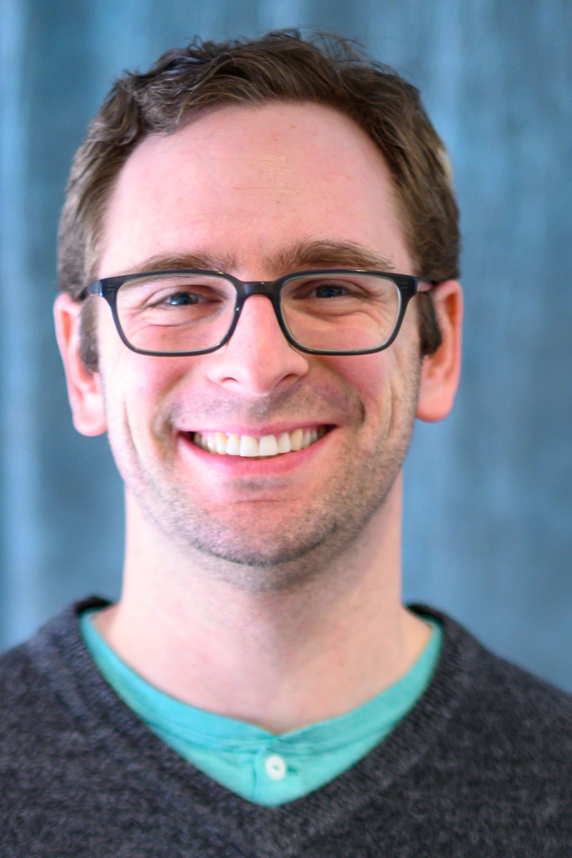 Learn about Hoover’s use of Geographical Information Systems (GIS) to create graphical representations of environmental exposures. (Photo courtesy of Kelsi Gambill / Montana State University at Billings)
Learn about Hoover’s use of Geographical Information Systems (GIS) to create graphical representations of environmental exposures. (Photo courtesy of Kelsi Gambill / Montana State University at Billings)Few solid waste disposal options exist on the tribal lands, resulting in frequent open dumping and waste burning. Over the last two years, the researchers and community partners collected water, soil, and plant samples and placed passive silicone bands at burn locations identified by community partners. They cataloged the location of the burn sites, the number of people who live or work near them, the dumping and burning frequency, extent of the dumping, and intensity of the burns.
The team then mapped the dump sites and prioritized sites for further sampling. The passive silicone bands placed at varying distances detected chemicals present in the materials coming off the burn sites.
“The bands can detect as much as 1,500 different chemicals,” said Hoover. “We are working with our community partners on what to do when the bands detect chemicals we don’t know as much about.”
The other samples will help to determine the geographic extent of the toxins and whether plants take them up in their tissues. The team plans to present results after public meetings held in the communities, helping to fulfill the Center’s mission, said Hoover.
(Susan Cosier is a contract writer in the NIEHS Office of Communications and Public Liaison.)





